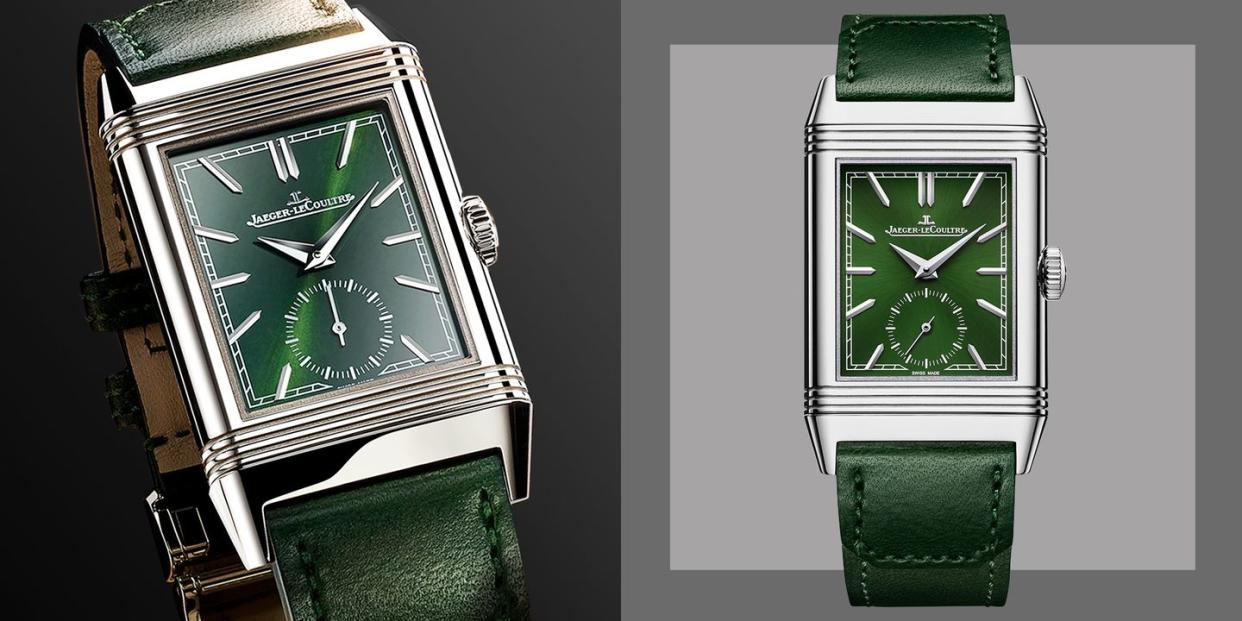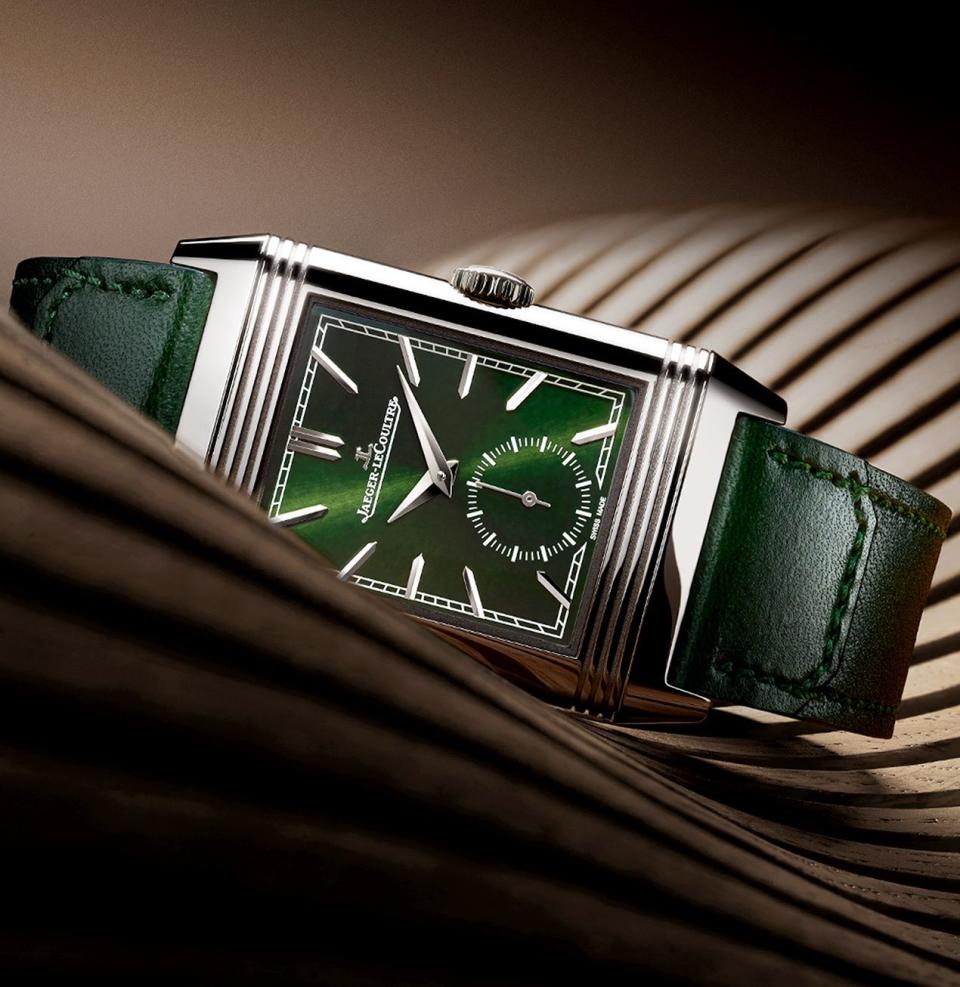Jaeger-LeCoultre's New Reverso Tribute Small Seconds Pays Homage to the Original Icon

Welcome to Dialed In, Esquire's column bringing you horological happenings and the most essential news from the watch world since March 2020. This week, we're working with the Fondation de la Haute Horlogerie as Media Partner of Watches and Wonders Geneva. Visit Watches and Wonders' website for news and video panels daily, and keep checking back here for all the updates you need to know about.
Jaeger-LeCoultre is one of the most respected of the old school watchmakers in Switzerland, known for both high-end dress watches and groundbreaking yet elegant tool watches. But it doesn’t take a Sherlock Holmes to name its most famous watch. The Reverso was created 90 years ago in response to a specific problem: how to marry the rigors of a jet-set life (before there were jets) with fine watchmaking. It solved that problem in a matter of months with a mix of ingenious engineering and elegance.
This week the house unveiled a 90th anniversary edition of the famous Reverso in a green sunray dial, its color reminiscent—we’re told—of the pine forests around the maison’s home in the Vallée de Joux. The Reverso Tribute Small Seconds is larger than the original at 45 x 24mm to synch more closely with modern tastes, and the seconds counter at the 6 o'clock position echoes a complication that came later in the 1930s. The matching green calf strap is made according to the design created especially for Jaeger-LeCoultre by Argentine polo boot maker Fagliano, with whom the house had collaborated for several years.

As with any watch still popular after 90 years, there’s a lot of backstory. In the '30s, wristwatches were still in their relative infancy and still, by their nature, fragile, dressy things. In World War 1, watches—new and vital tools for officers—had quickly developed in response to conditions in the trenches, with shrapnel cages fitted over the top of a watch crystal to protect it from flying debris. Soldiers also took to wearing their watches under—not over—their wrists as a further measure of protection. In peace time, it was not shrapnel that threatened the delicate workings of a fine wristwatch but flying polo balls and mallets. It was to address this niche peril that the Reverso was first developed.
Swiss watch collector César de Trey met a British army officer at a polo match in India in the winter of 1930. The officer had just smashed his watch during a chukka. According to company legend, the officer challenged de Trey to come up with a watch that would stand up to the rough and tumble of polo. On his return to Switzerland, de Trey contacted movement maker Jacques David LeCoultre, who in turn drew on casemaker Jaeger (the two companies only merged in 1937). The result, patented at a very precise 1:15 pm on March 4, 1931, was the Reverso, a watch that could flip over and click home in a second, making the case back the protective front and sealing the dial against a back plate. It was effective and beautiful and quickly became a symbol of Art Deco modernity.
But it wasn’t just the flippable case that made the Reverso a success. When face up, the watch displayed hours and minutes in a simple and elegant dial, a dial that the house was quick to offer in, for the time, rare colorations like brown, red, burgundy, or blue. When closed, however, the upturned case back of the Reverso became a shiny blank canvas, perfectly ripe for decoration and personalization; the Reverso quickly became the setting for engraving monograms, images or highly-detailed enamel painting, something on which the house still prides itself.
Reverso Tribute Small Seconds ($8,750) by Jaeger-LeCoultre.
You Might Also Like

